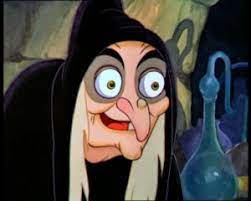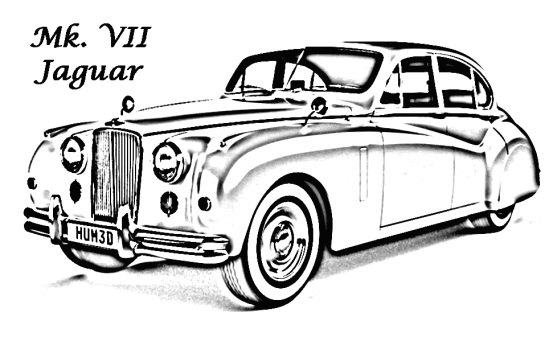This is one of the primary school class photos we took in my last year at Culcheth. It was around 1960. I was only 11-12 years old at that time.
This goes from top row to bottom and left to right:
First row: Thornton, Alan Harling, (forgot name), Harry Lithgow, Anthony Aitchison (tie), Richard Lewis (white hair), and Alan Blain.
Second row: Weedon, Billy Babcock, (forgot name – but was from Peterborough), me (with jersey with crosses and ‘Elvis quiff’), Billy Nicholson ‘Nicky’ with check shirt, Andrew Mortimer (with spectacles), and standing: Mr Heald, the headmaster.
Third row: Raymond Moses, Susan Chubb (white shirt and tie), Susan O’Flaherty, Nunn, Gaskell, (forgot name), and David Howarth (small boy).
Bottom row: (forgot names of first two girls), Susan Jones (bushy hair), Webb, Gill, and (forgot the names of the rest).
Notable Pupils I Can Remember
Top Row
Anthony Aitchison (top row, fifth from the left) sat next to me in class (the desks were in pairs); he was tall and had blonde hair with ‘sticking-out’ ears.
Alan Blain (top row, rightmost) was the most ‘popular’ boy in class and looked like a mutation of Cliff Richard. He had black hair and was of medium build and height.
Harry Lithgow (top row, fourth from the left) was considered a good ‘model’ for us other children by Mrs. Bonse. He was a big boy who did a paper round. There was some story going around at the time that he was such an industrious boy that he had managed to purchase his own bicycle from the money he had earned. He was also the best fighter in class being the biggest, although he never used his physical strength to bully others. He was actually quite a friendly boy.
Next Rows
Billy Babcock (second row, second from the left) was my neighbour at 24 Hob Hey Lane.
Billy Nicholson (second row, sixth from the left with check shirt). He was the most athletic boy in the class, and sympathetic. He came from the ‘working class’ part of the village.240
Susan Chubb (third row, second from the left with white shirt and tie) was pretty with light brown hair and a mild countenance. I think her father had a paint shop in the centre of the village (‘Chubb’s’).
Susan Jones (bottom row, third from the left) was a vivacious Welsh girl with a shock of deep red curly hair.
Raymond Moses (small boy in front of Mrs. Bonse) was a good friend. I used to visit him at his house to play with him. His parents used to spoil him with lots of dinky toys, especially army models. I bought a centurion tank and carrier off him for a few pennies. They were quite expensive, so I sold it to another boy in Hob Hey Lane making a fair profit.
Knitted Jersey
Looking at this school photo from 60 years ago, I still feel guilty seeing my nice jersey with ‘crosses’ my mother knitted for me. It reminded me of that time I took it off when playing in the playground in our village, and forgot to put it on again. Days later, I saw a boy walking along wearing it. However, I was too embarrassed to ask for it back! It seems we carry these guilty feelings from our childhoods throughout our lives. I can’t say I have any ‘guilty’ feelings about what I did when I was older.
In this context, I might even say that these “Recollections” are some kind of way of addressing the issues of ‘childhood problems’ (regarding Arthur Janov’s ‘primal therapy’). Janov was the author of many books, most notably The Primal Scream (1970).
Of course, I relate to Janov here in a half-heartedly manner, as I haven’t even read his books. But it is clear that our childhood experiences haunt us throughout our lives. However, Lennon and Ono took his ideas quite seriously, resulting in Lennon’s “Mother”241 and Yoko Ono’s “Don’t worry Kyoko”.242
240 My perception of the ‘working class district’ was through the lens of my mother’s eyes. British towns and villages were stratified into social class areas during the post-war period, depending on whether housing properties were owned or rented. Simply put, the Labour governments had been greatly responsible for creating council housing and contributing to the stigma of belonging to a lower social class (council house ‘ghettoes’). Similarly, they also did little to address the stigma of working class schools (secondary moderns), indirectly encouraging the development of private education.
Parents who could afford it did everything to avoid their children being cast into these ‘social dustbins’. As mentioned, many of the streets between York Avenue and the centre of the village were populated by less well-off people. Irlam Steelworks’ workers lived in council houses or other rentals. After the Thatcher ‘revolution’, tenants were able to buy their council houses; some of these properties have greatly increased in value; for instance, former council properties in Chelsea in London now sell for exorbitant prices.
241 https://www.gq.com/story/john-lennon-plastic-ono-band Read: 8 May 2022.
242 “Don’t Worry Kyoko” is included in “Some Time in New York City”, and “Mother” is included in the 1970 album John Lennon/Plastic Ono Band.




One Reply to “Culcheth Primary School Class Photos”